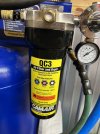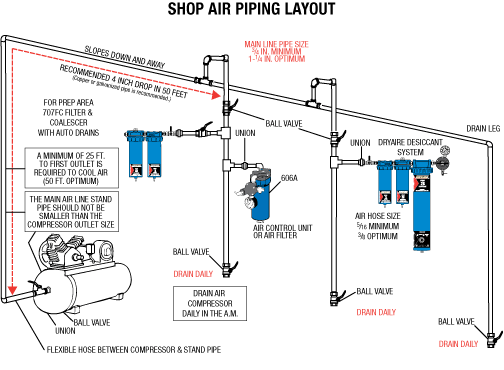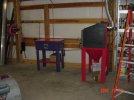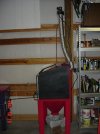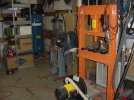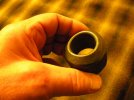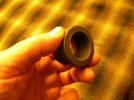I have never painted a car before. I oil base enameled our entire house about 20 years ago. 17 interior doors, entire kitchen, trim on doors, trim on 19 windows and ton of baseboard. It turned out perfect. A ton of prep work and 2 coats of primer and 2 top coats with sanding in between each coat. I know prep work is a huge part of the finished product. My worries now are that this is a completely different animal. The photos show what I have done so far to get an area to paint in, in my shop. I could use some advice on anything else I should be doing. Specifically, I want to make sure my filtration and dryer from the compressor is good. What do you guys recommend for a set up for making sure I have clean and dry air going to the end of the gun. I set up curtains for the spray area that are all Velcro’d together. I was planning on using the air scrubber, for the supply air in the booth, and the exterior exhaust fan for the shop. Am I an idiot with my plans?
Attachments
-
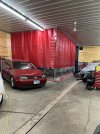 A1F75361-26D1-433C-91D1-A167BC3A645C.jpeg211.7 KB · Views: 131
A1F75361-26D1-433C-91D1-A167BC3A645C.jpeg211.7 KB · Views: 131 -
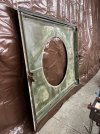 CFC23C85-A9B0-4FE0-BA55-7E8412F697E5.jpeg218.1 KB · Views: 131
CFC23C85-A9B0-4FE0-BA55-7E8412F697E5.jpeg218.1 KB · Views: 131 -
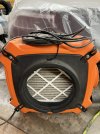 80B95993-5760-4119-8081-C0B7B30A082A.jpeg179.9 KB · Views: 112
80B95993-5760-4119-8081-C0B7B30A082A.jpeg179.9 KB · Views: 112 -
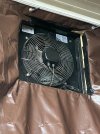 1F690CA7-321B-4E5C-A162-7B403F396FC4.jpeg193.3 KB · Views: 123
1F690CA7-321B-4E5C-A162-7B403F396FC4.jpeg193.3 KB · Views: 123 -
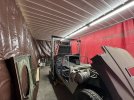 C891D85E-F80D-4068-B02C-2CE46E8D874B.jpeg193 KB · Views: 125
C891D85E-F80D-4068-B02C-2CE46E8D874B.jpeg193 KB · Views: 125 -
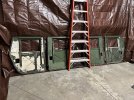 3193E0F5-42DD-45E4-8987-4A0C2F17A5FD.jpeg241.6 KB · Views: 157
3193E0F5-42DD-45E4-8987-4A0C2F17A5FD.jpeg241.6 KB · Views: 157

